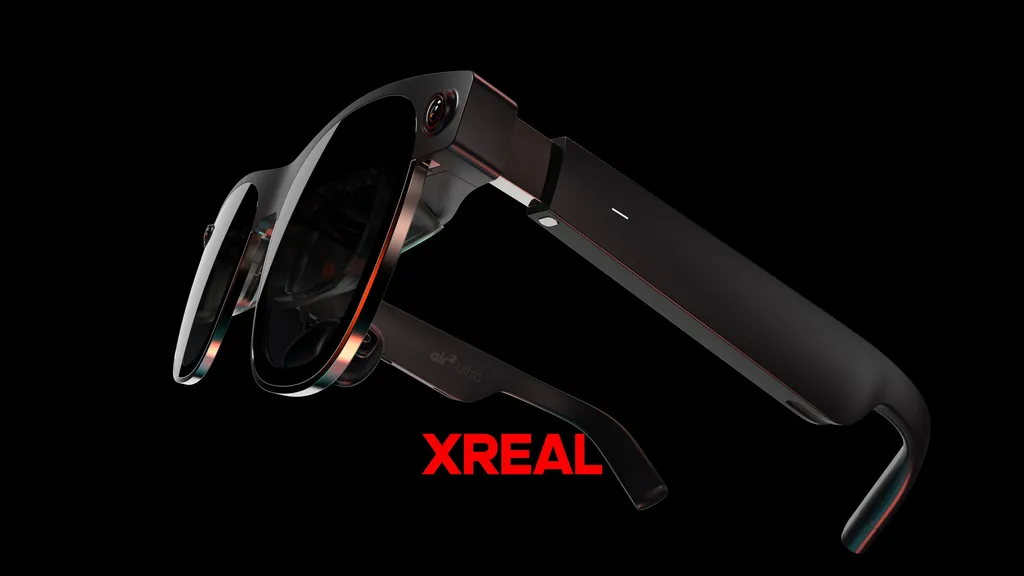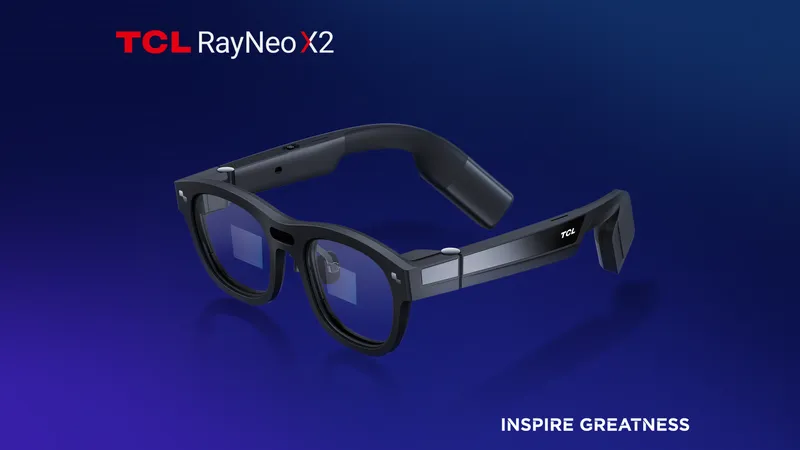Xreal Air 2 Ultra are true AR glasses, but they only work with two specific Samsung phones.
Xreal, formerly Nreal, is a China-based company that actually launched the first consumer AR glasses in the US, Nreal Light, in late 2021. Since 2022 Xreal has focused on its Air line of media glasses, which until now all lacked positional tracking or true AR capability, instead just mirroring connected devices to a head-locked virtual monitor.
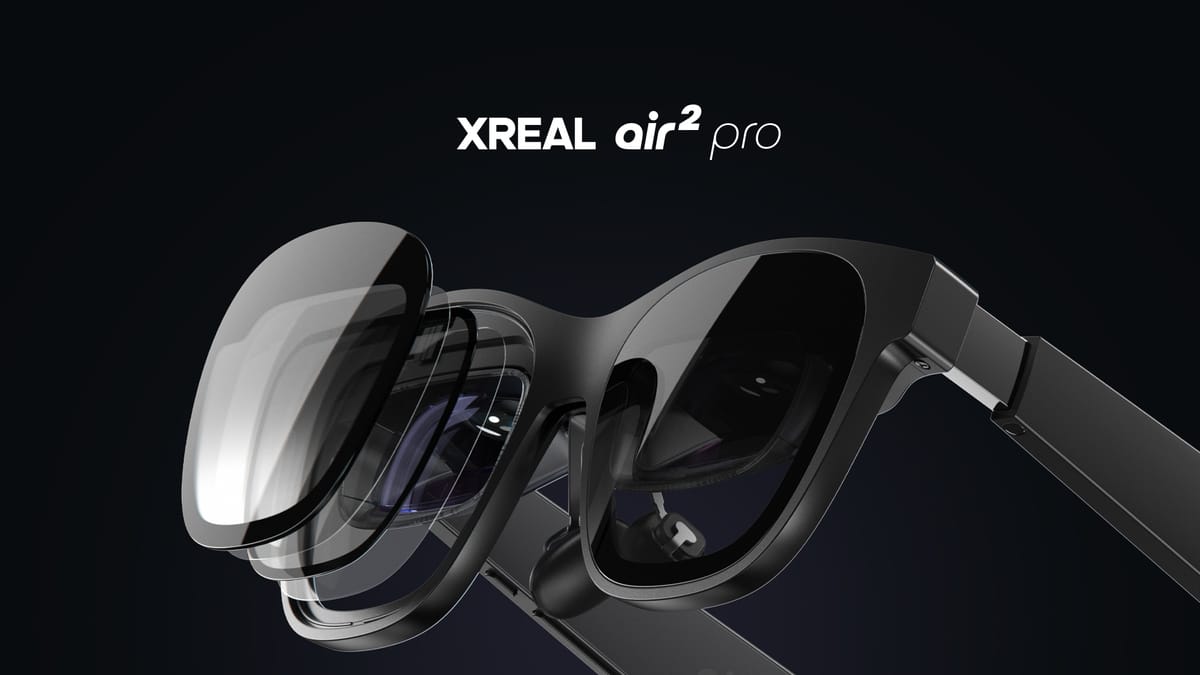
Xreal Air 2 Ultra, announced today, is the official successor to the Nreal Light. It promises true AR - the ability to place virtual objects in your real environment, not just a floating overlay. The device is mainly meant to be used indoors though, and doesn't feature the kind of capabilities you'd expect from future outdoor AR glasses.
While Nreal Light could only detect flat planes such floors and tables, Xreal Air 2 Ultra can apparently generate a 3D mesh of your room, as Meta Quest 3 and high-end AR devices like Magic Leap 2 can.
In addition to scene meshing, Xreal is also promising hand tracking, permanent spatial anchors, and arbitrary 2D image tracking.
Xreal describes the two components that enable all this, located on the temples of the glasses, as "3D environment sensors". It's unclear what exactly this means and we've reached out to Xreal for an explanation. They look like they could be fisheye grayscale cameras, which is what most XR devices use for computer vision functionality like tracking.
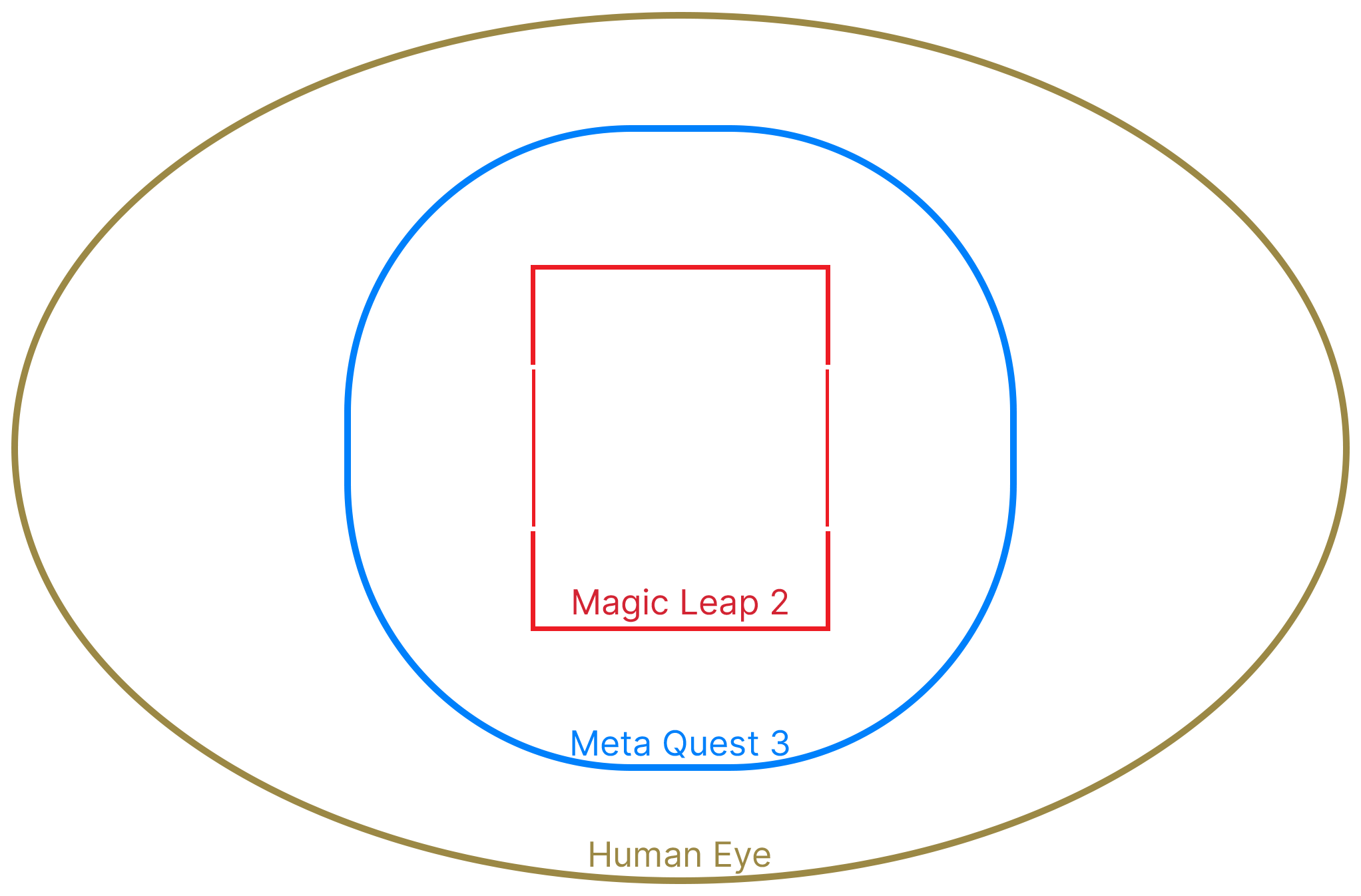
The OLED microdisplays in Air 2 Ultra are the same as in Air 2 Pro, 1080p with 120Hz refresh rate and 500 nits of brightness. And like Air 2 Pro, the lenses feature adjustable electrochromatic dimming, toggled with a button on the side.
The field of view of the Air 2 Ultra optics is slightly larger than the other Air glasses, at 45°×25°, compared to 40°×22°.
That's still a significantly narrower field of view than what you'd get from opaque headsets with passthrough cameras such as Meta Quest 3 and the upcoming Apple Vision Pro, which have horizontal and vertical field of views roughly around 100°. In practice, as we noted in our review of the original Nreal Light, that means you'll often only see partial segments of virtual objects, and you'll often lose track of which objects are in your room and where they are.
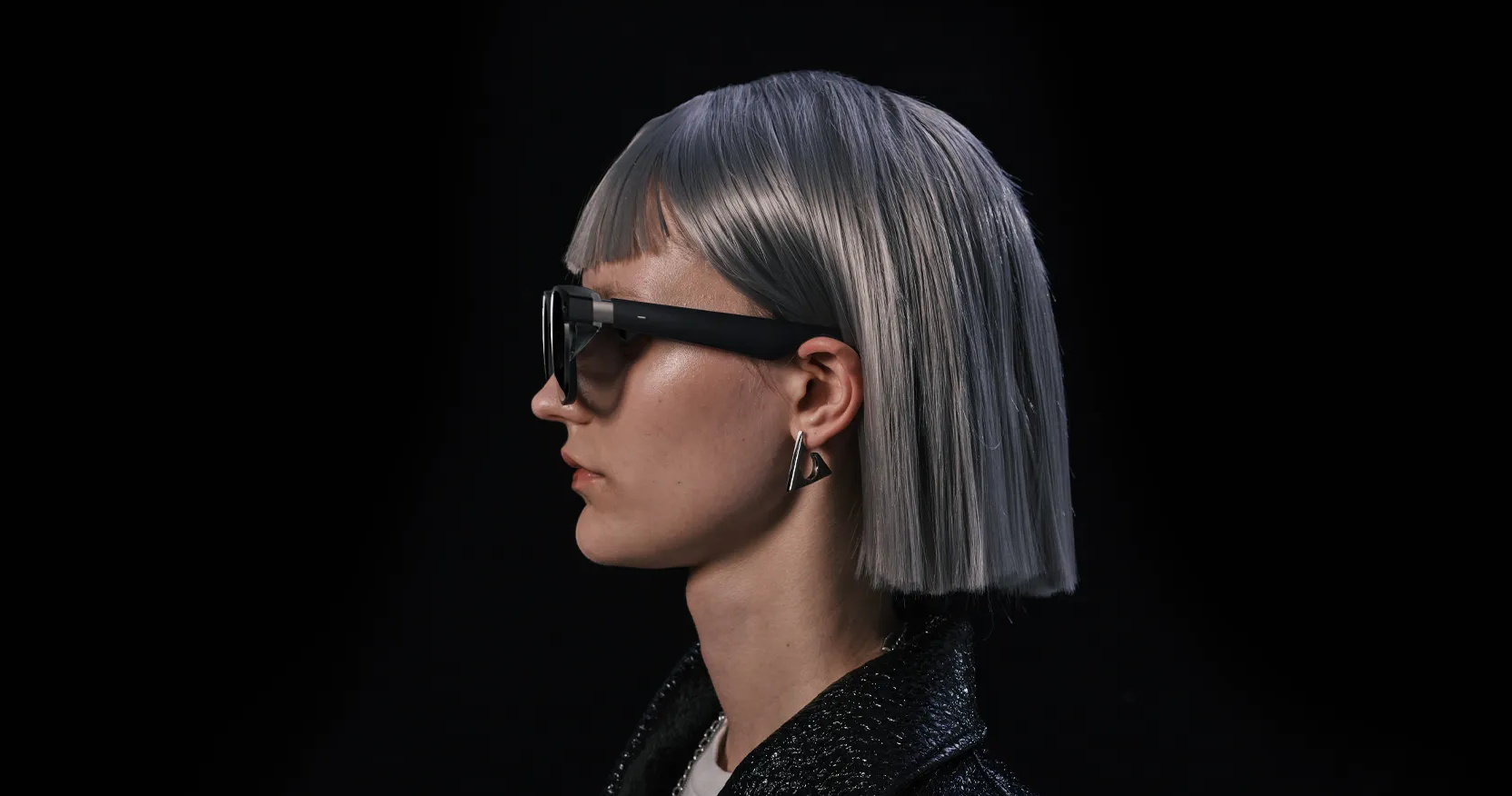
Xreal says Air 2 Ultra is currently mainly intended for developers, as there won't be much AR content at launch and the SDK will receive significant upgrades in the coming months.
The glasses are now available for preorder in the US, the UK, Germany, France, Italy, the Netherlands, Czechia, Japan, South Korea, and China for $700. The company claims shipping will begin in March.
There's an important caveat here though. Xreal's glasses are not standalone devices, and Air 2 Ultra can only be driven in true AR "spatial computing" mode by a Samsung Galaxy S23 or Galaxy S22 phone via a tethered USB-C cable. The Exynos model of the Galaxy S22 sold in Europe isn't supported.
Xreal says it's also working on a compute puck for people who don't own those phones, though it doesn't yet have a timeline to ship this or an estimated price.

